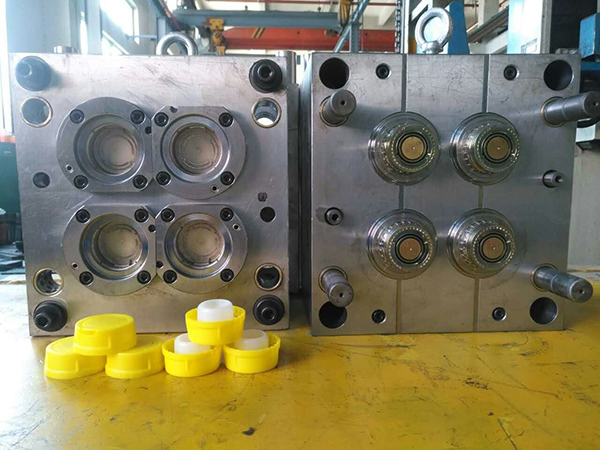 CN
CN info@seacomould.com
info@seacomould.com +86-18969612882
+86-18969612882
Basic performance requirements for injection molds
2019-12-13
According to the different working conditions and processing methods of the injection mold, the basic performance requirements of the injection mold are summarized:
- 1. Sufficient surface hardness and wear resistance. The hardness of injection mold steel is usually below 50-60hrc. The injection mold after heat treatment should have sufficient surface hardness to ensure that the injection mold has sufficient hardness. Because the injection mold is filled under high pressure and high friction and high flow processes, the accuracy of the injection mold is required to maintain the stability of the shape and dimensional accuracy of the mold to ensure the service life of the injection mold. The wear resistance of injection molds depends on the chemical composition and heat treatment hardness of the steel, thereby increasing the hardness of the injection mold.
- 2. Good processing performance. In addition to EMD processing, most plastic molding molds also require some cutting and assembly. In order to extend the service life of the mold, improve cutting performance, and reduce surface roughness, the hardness of the mold must be appropriate.
- 3. Good polishing performance. High-quality plastic products require less cavity surface roughness. For example, the surface roughness of an injection mold cavity is required to be less than Ra0.1 to 0.25, and the optical surface is required to be Ra <0.01nm. To reduce surface roughness, the cavity must be polished. The selected steel requires less impurities, uniform structure, no fiber orientation, and no pitting or orange peel defects during polishing.
- 4. Good thermal stability. The shape of plastic injection mold parts is more complicated and it is difficult to quench the process.Therefore, it should be selected to have as good thermal stability as possible. After the mold is processed, the linear expansion coefficient is small after heat treatment. The structure and the size of the mold are stable, which can reduce or no longer be processed, and can ensure the dimensional accuracy and surface roughness requirements of the injection mold.

Related Products
Latest Updated
- China automotive mold manufacturing is facing the development trend of 2025
- The major development trend of automotive mould technology
- How to find a good automotive mould supplier and manufacturer in China
- How to make the injection plastic mould gate design
- The most likely defects in the mold injection molding process
- Injection mold repair steps and precautions
- Auto mould making-automould injection moulding company
- How to choose plastic mould supplier in Taizhou China
Relative Articles
- How does the injection mold solve the scorch problem with exhaust
- The most likely defects in the mold injection molding process
- Why plastic injection molding products have weld lines
- Injection mold repair steps and precautions
- Auto mould making-automould injection moulding company
- China quality injection mould supplier how to make plastic mould
- The secret of plastic injection molding process adjustment
- Manufacturing method of automobile thin-wall door panel injection mold
- Can the silicone be injection molding
- plastic injection molding companies
Hot Articles
- Mold plating chrome treatment technology is good for mold life
- Analysis of the causes of the fusion line of plastic mold products and corresponding improvement measures
- what are the common problem in the plastic mould injection process
- Leak-proof design of bottle cap mould
- What performance requirements should be met when selecting steel for injection mold
- When Huangyan Mold factory come back to work after coronavirus
- Coronavirus China Wuhan
- How to check the test of the injection mould
- How to choose plastic mould supplier in Taizhou China
- What principles should be followed in the design and development of bumpers mould
- Bottle cap mold manufacturing process
- Six standards for testing the quality of antifreeze bucket mould
Hot tags: china mold maker,taizhou,huangyan, suppliers, manufacturers, factory, maker,customized









